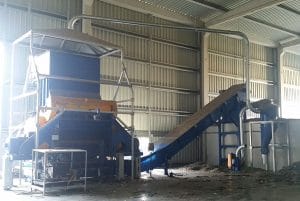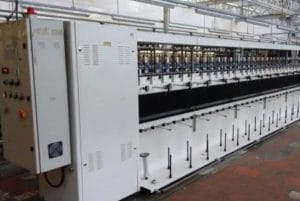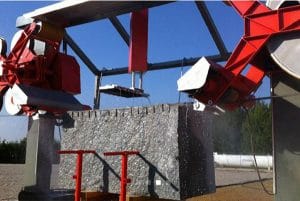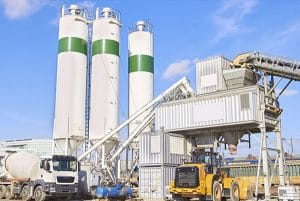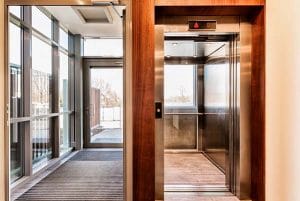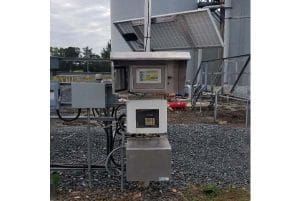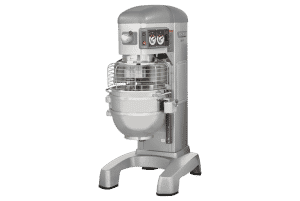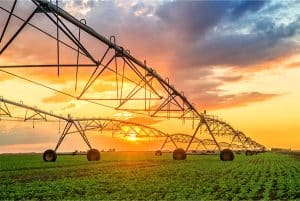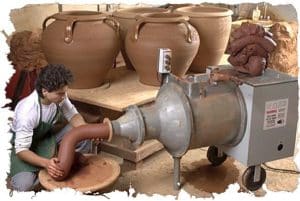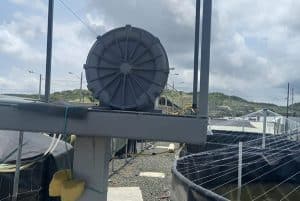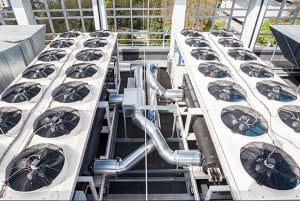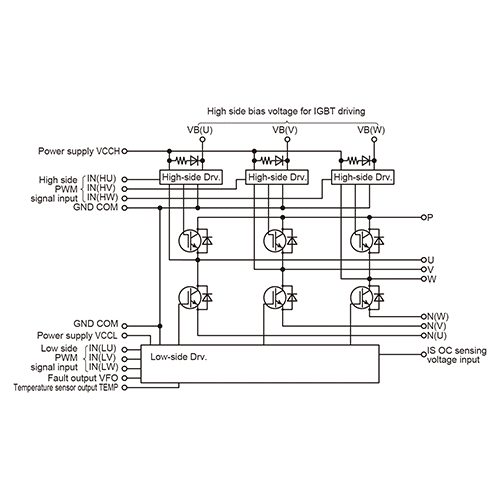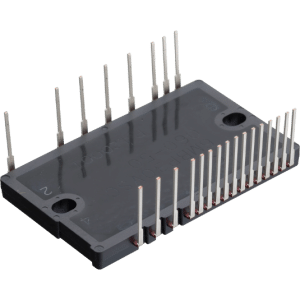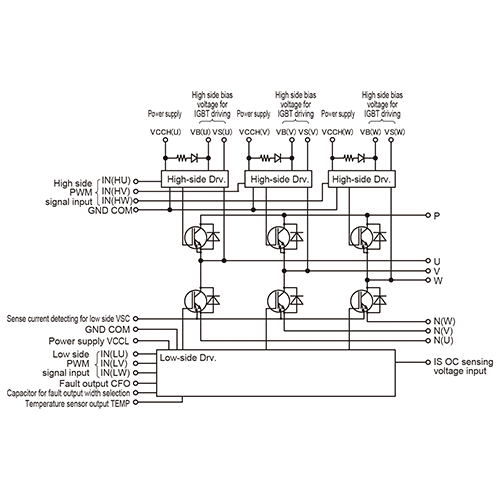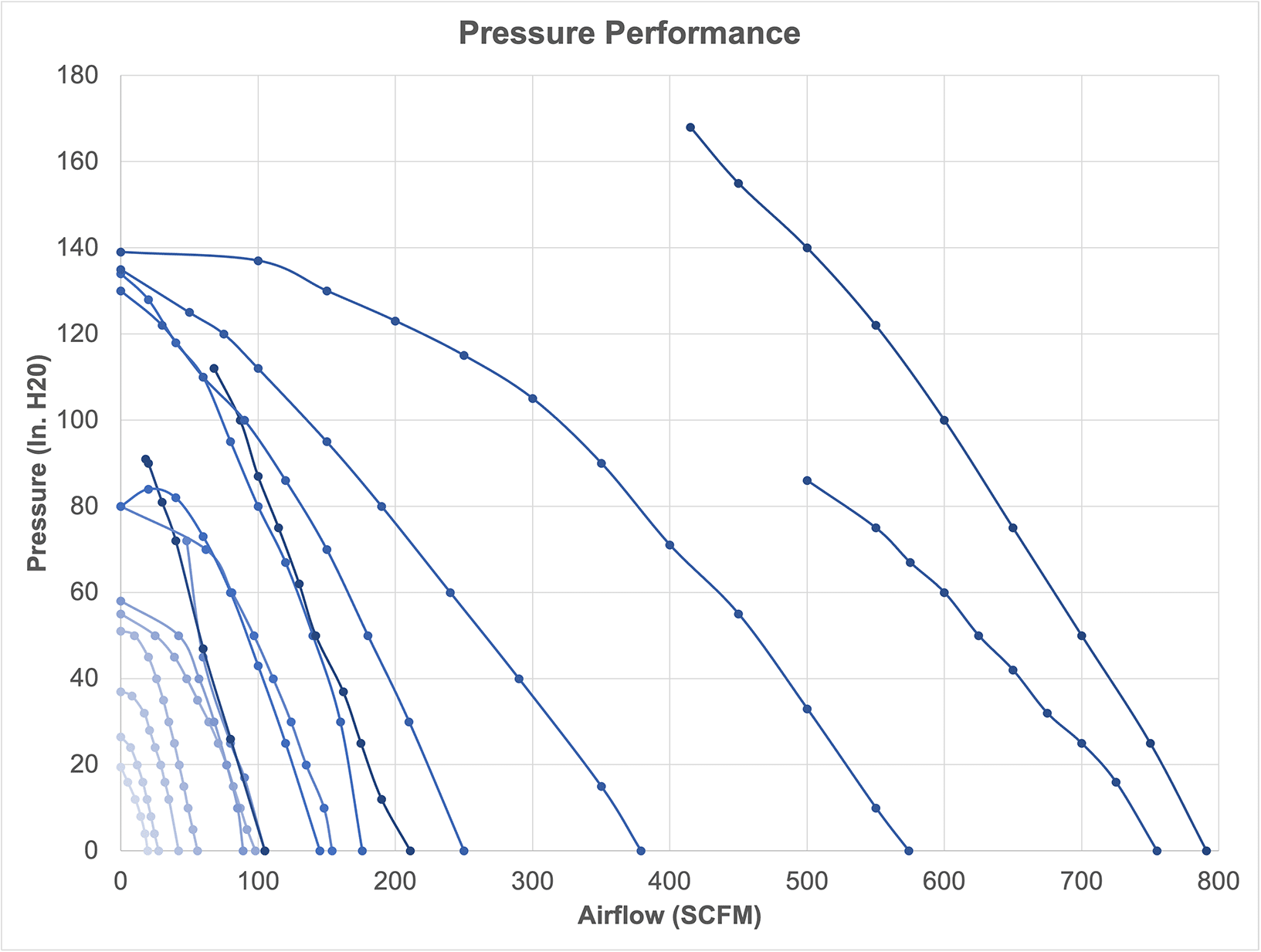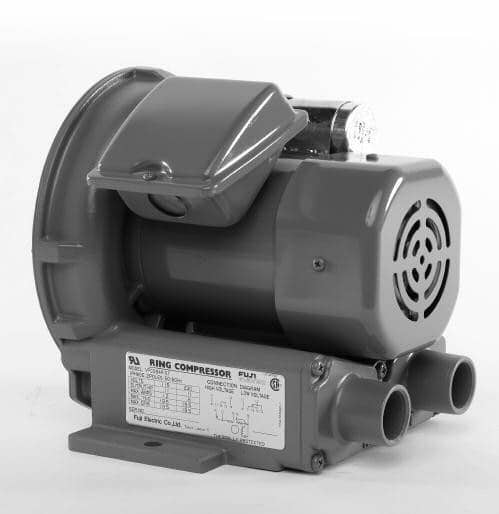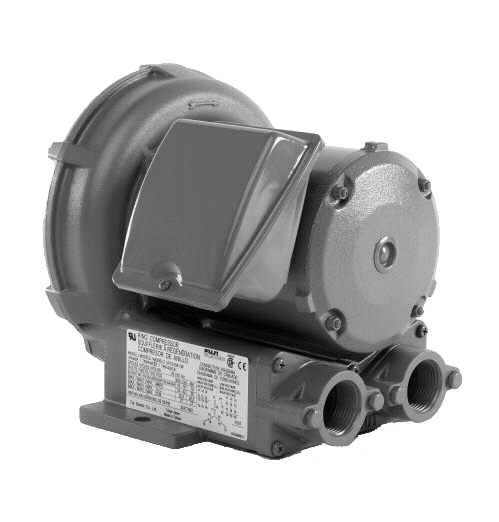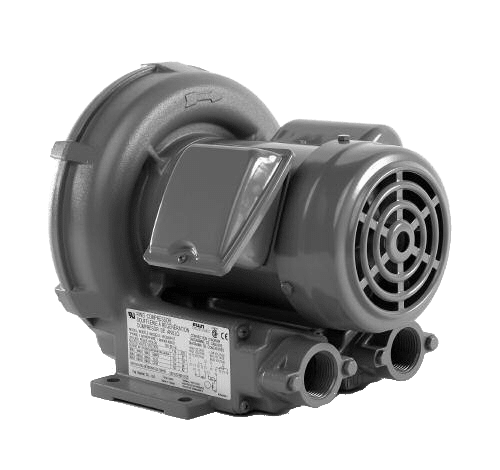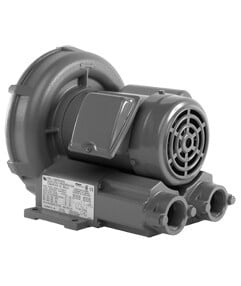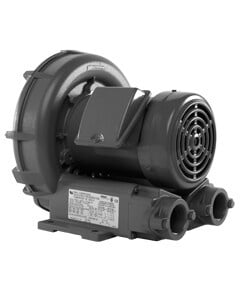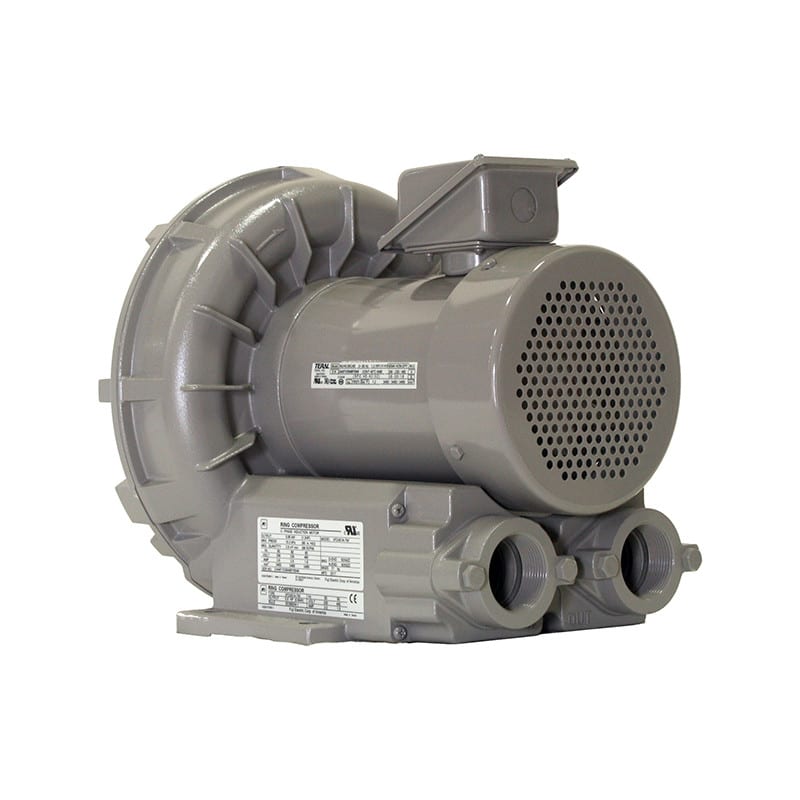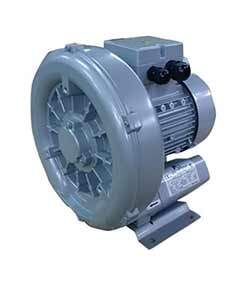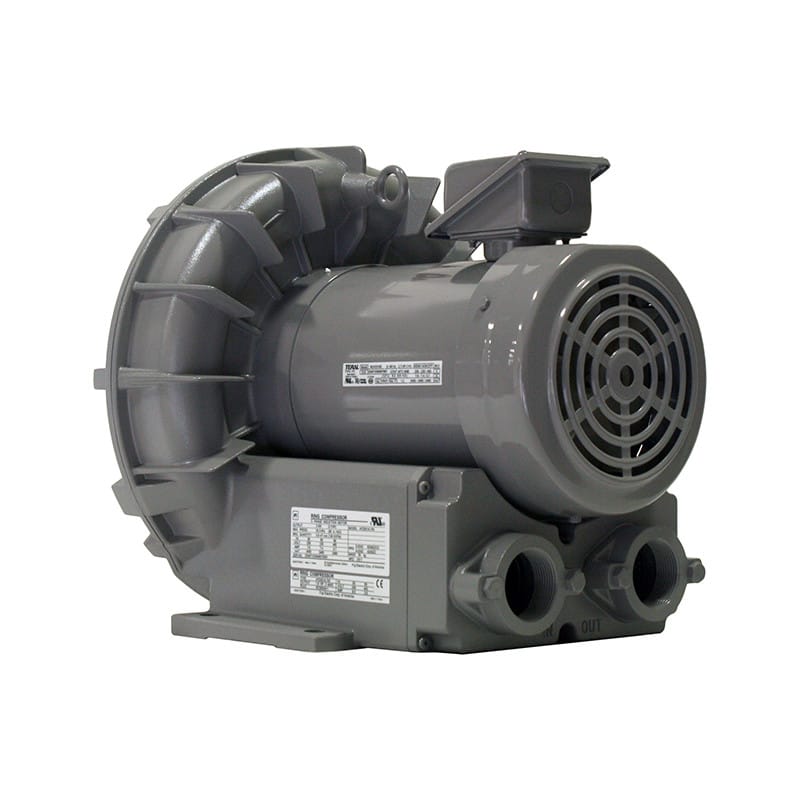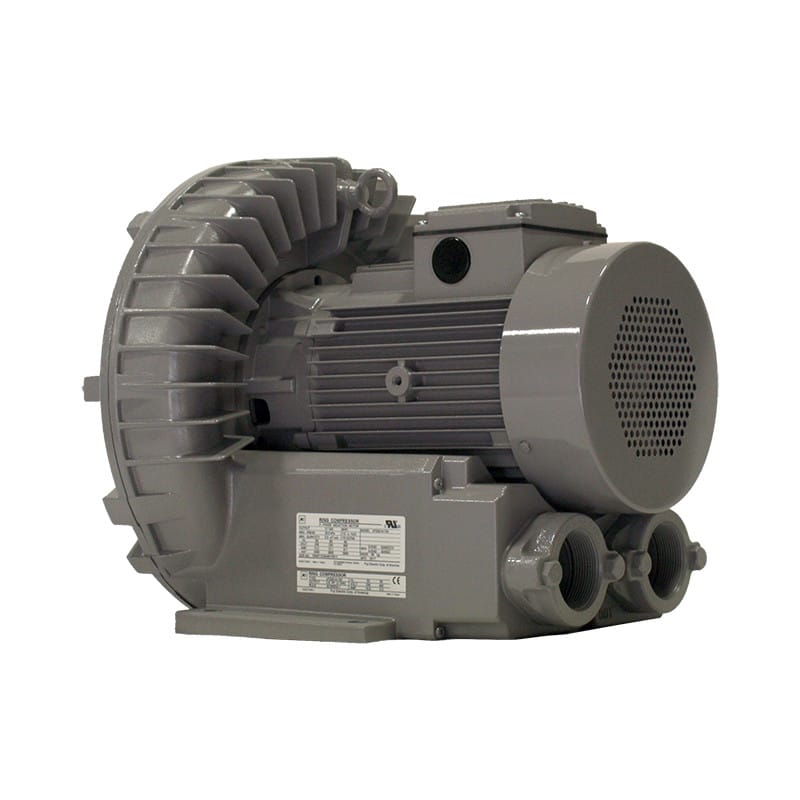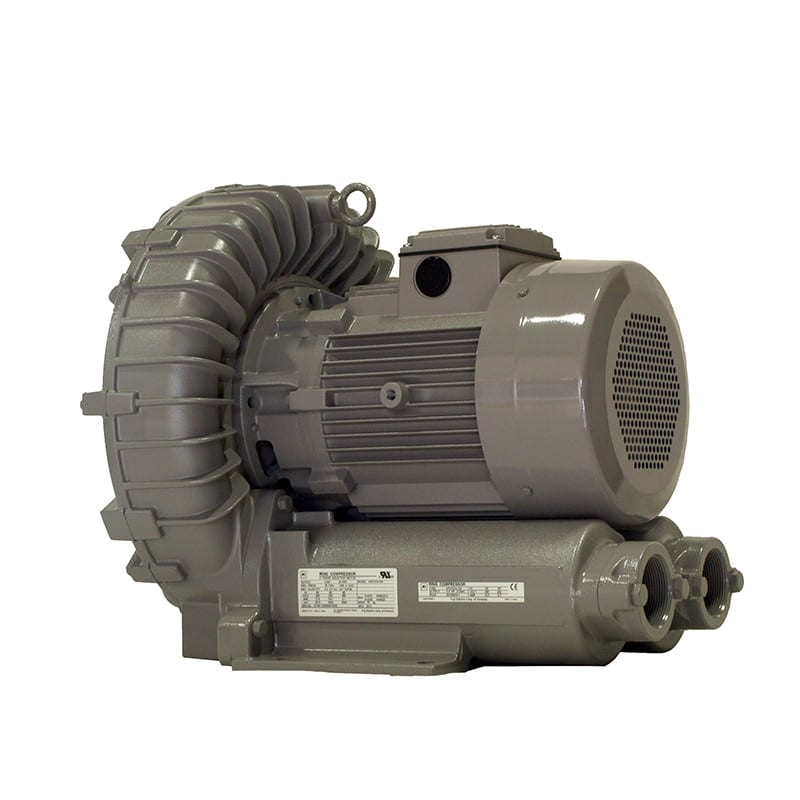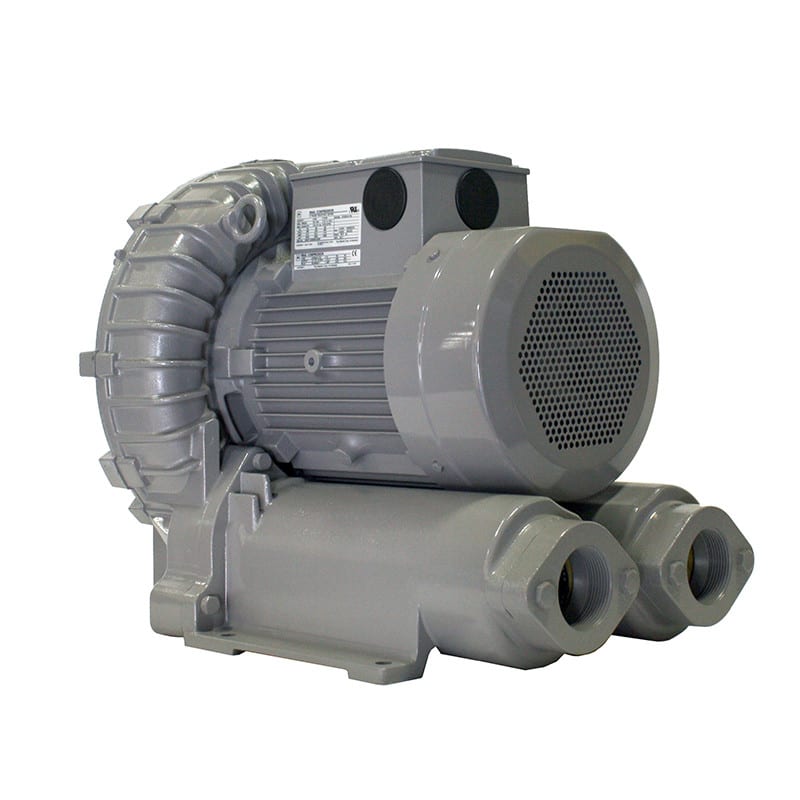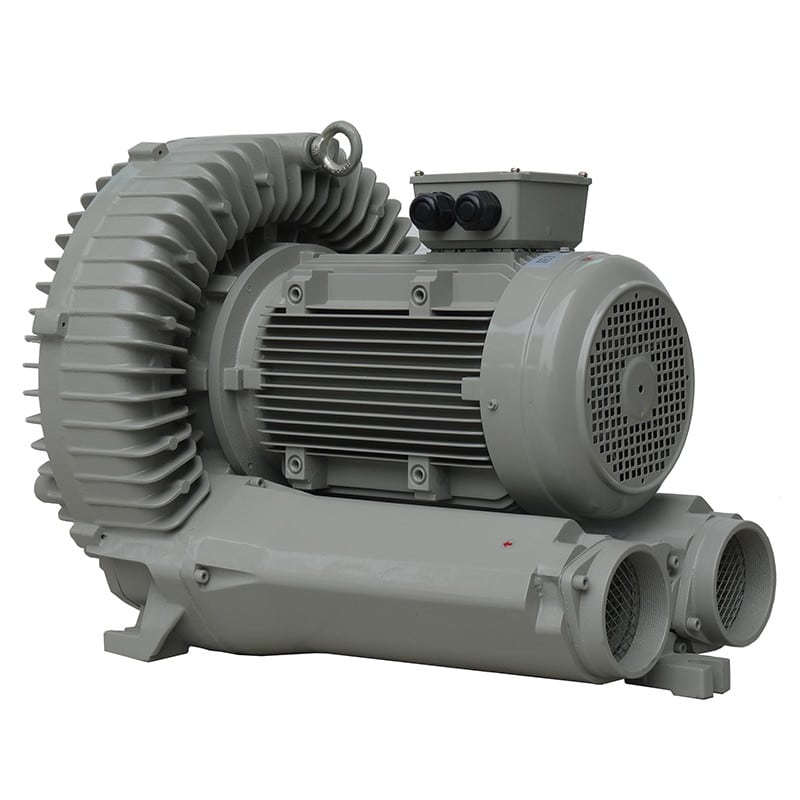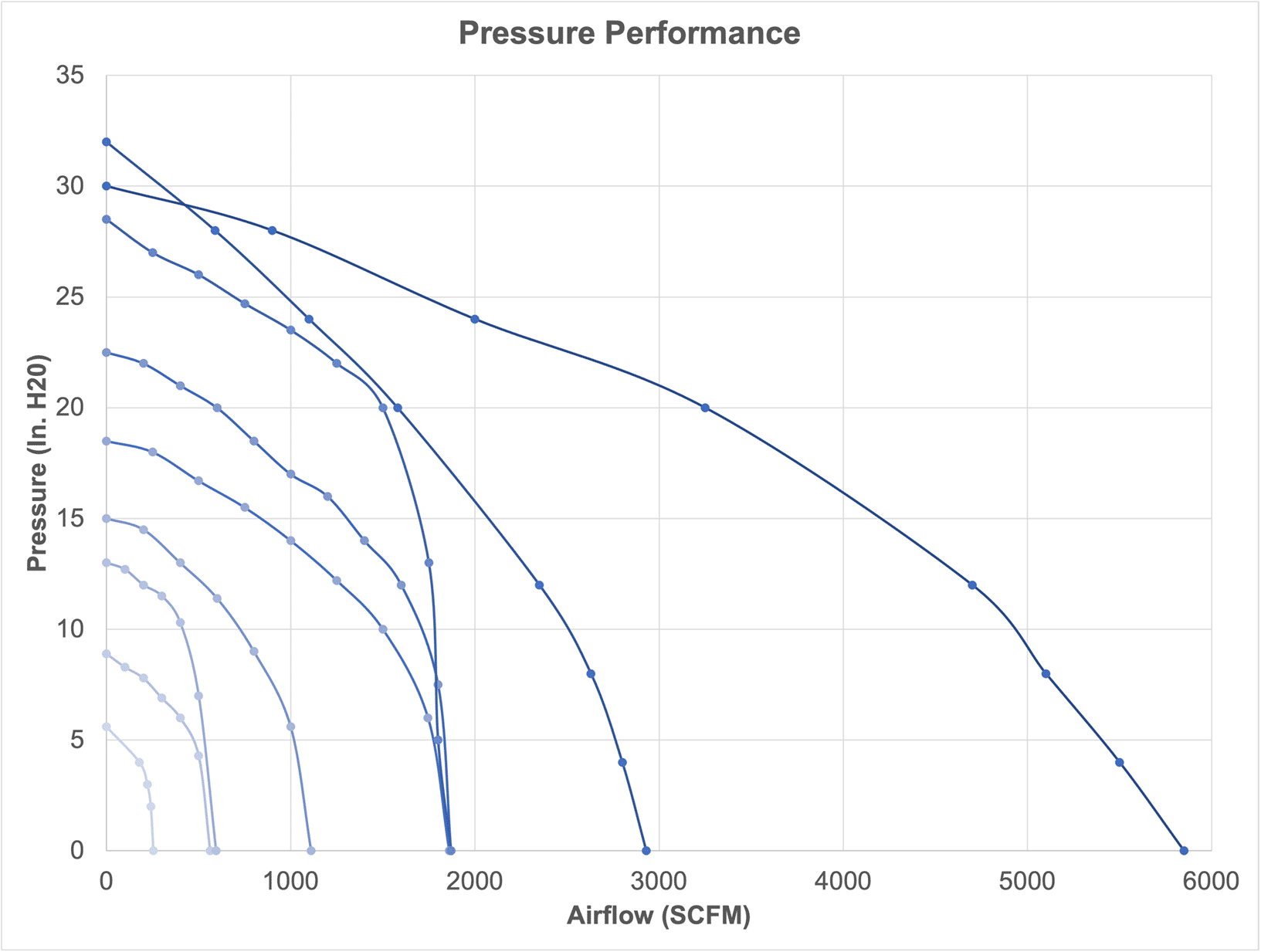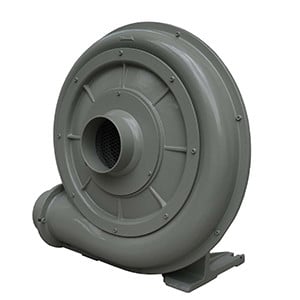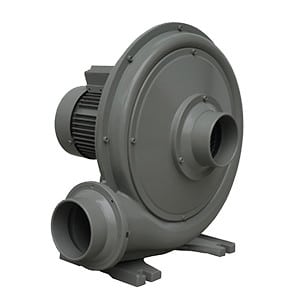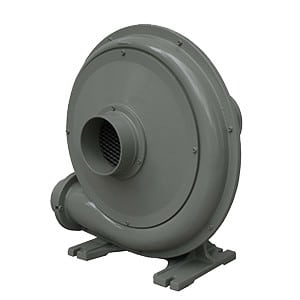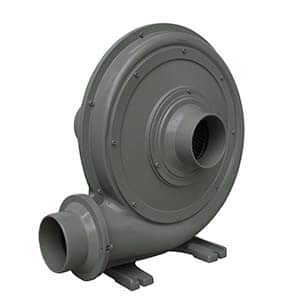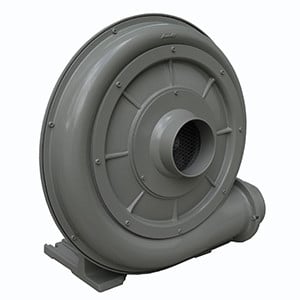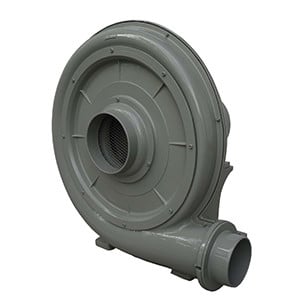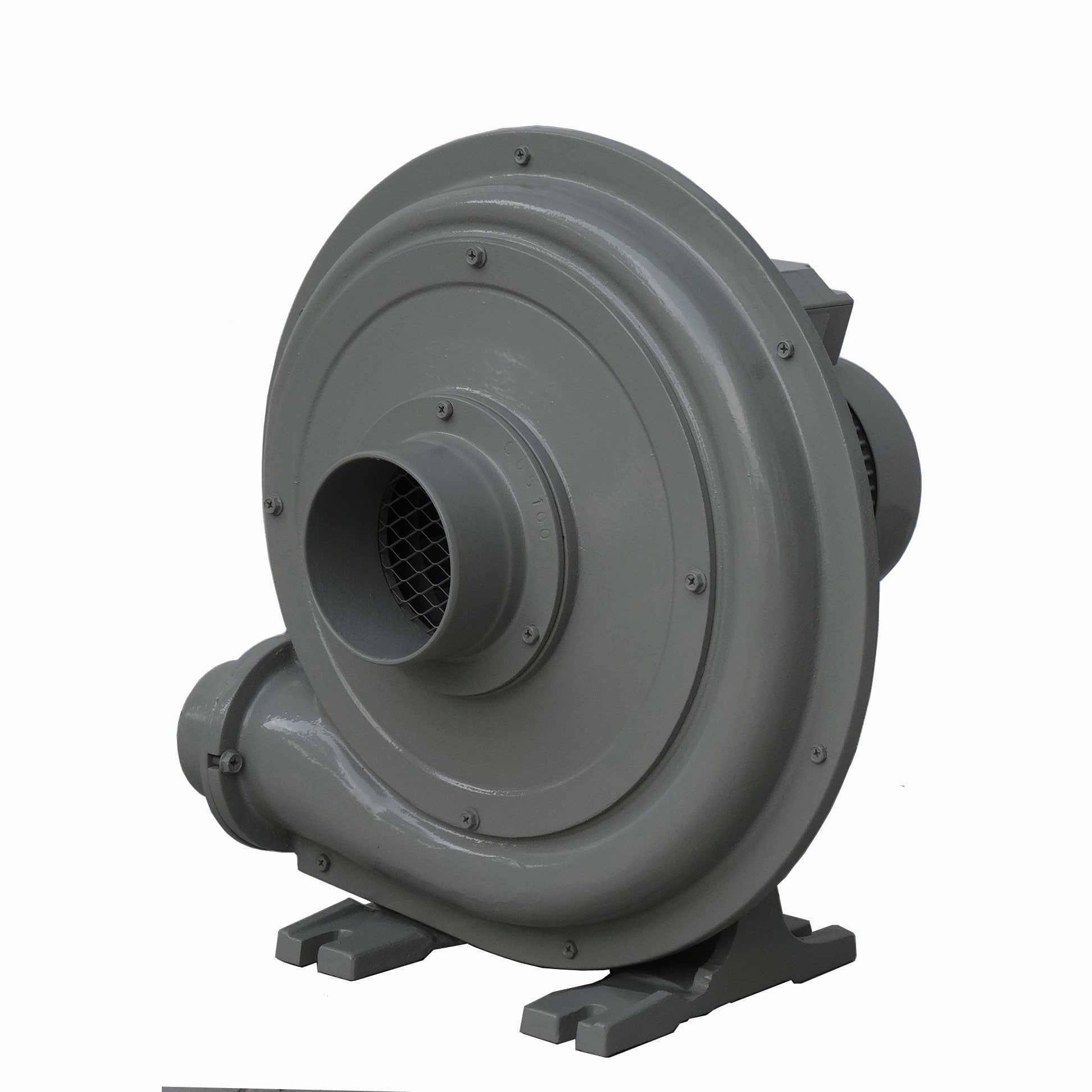When maintaining measuring instruments, sensor reliability is a key factor to consider. The failure of a pressure transmitter can trigger a chain reaction that disrupts the industrial process and affects production quality.
Learn about five factors that can help reduce sensor failures in your equipment. By understanding these aspects, you can prevent costly disruptions and ensure the reliability of your production. 
Establish risk and hazard levels
Pressure transmitters are widely used in plant maintenance to monitor and control pressure in pipes and tanks. This helps detect system failures, maintain process quality, and prevent potential hazards. However, if these transmitters malfunction, they can cause equipment damage, compromise worker safety, and negatively impact the environment.
Before selecting a measuring instrument, it is crucial to assess the level of risk and hazard associated with a potential transmitter failure. Key factors to consider include:
- The consequences of the risk on workers and the environment
- The likelihood of the hazard occurring
- The frequency of the risk
- The ability to mitigate the danger
This evaluation allows you to choose a measuring instrument that meets your needs while minimizing risks.
Determine failure probabilities
Among all potential failures, it’s crucial to identify those that present the greatest risk to your installation. The Safe Failure Fraction (SFF) is a ratio that indicates the safety level of a pressure transmitter. It is calculated by dividing the average rate of both detected (safe and dangerous) and undetected (safe) failures by the total average failure rate. This metric helps you select the safest transmitter for your equipment. A higher SFF ratio correlates with a lower risk of dangerous failures.
With an SFF ratio exceeding 97%, Fuji Electric’s VG pressure transmitter provides the highest level of safety.
Assess the safety loop
The safety loop is a system designed to detect transmitter failures and halt the industrial process before any damage occurs. It serves as a crucial safety measure to help mitigate the risks associated with transmitter failures. Before selecting a measuring instrument, it’s essential to identify the hazard points of the equipment and evaluate the safety loop. Ensure that the device is reliable, capable of detecting sensor failures, and compatible with the pressure transmitter you select.
Plan and enhance process availability
Process availability is a key indicator of system reliability, reflecting the amount of time the process is operational. It is essential to plan and optimize availability to maintain system reliability. When a transmitter fails, it is crucial to plan and optimize process availability to prevent costly disruptions. This involves anticipating maintenance needs before parts degrade, ensuring continuous operation and minimizing the risk of failure.
Take equipment fault tolerance into account
When installing a new pressure transmitter, it is also important to consider the equipment’s fault tolerance. If the equipment has low fault tolerance, it is advisable to incorporate redundancy with a second transmitter to ensure continuous operation. This approach helps reduce the risk of failure and enhances the safety of both equipment and operators.




